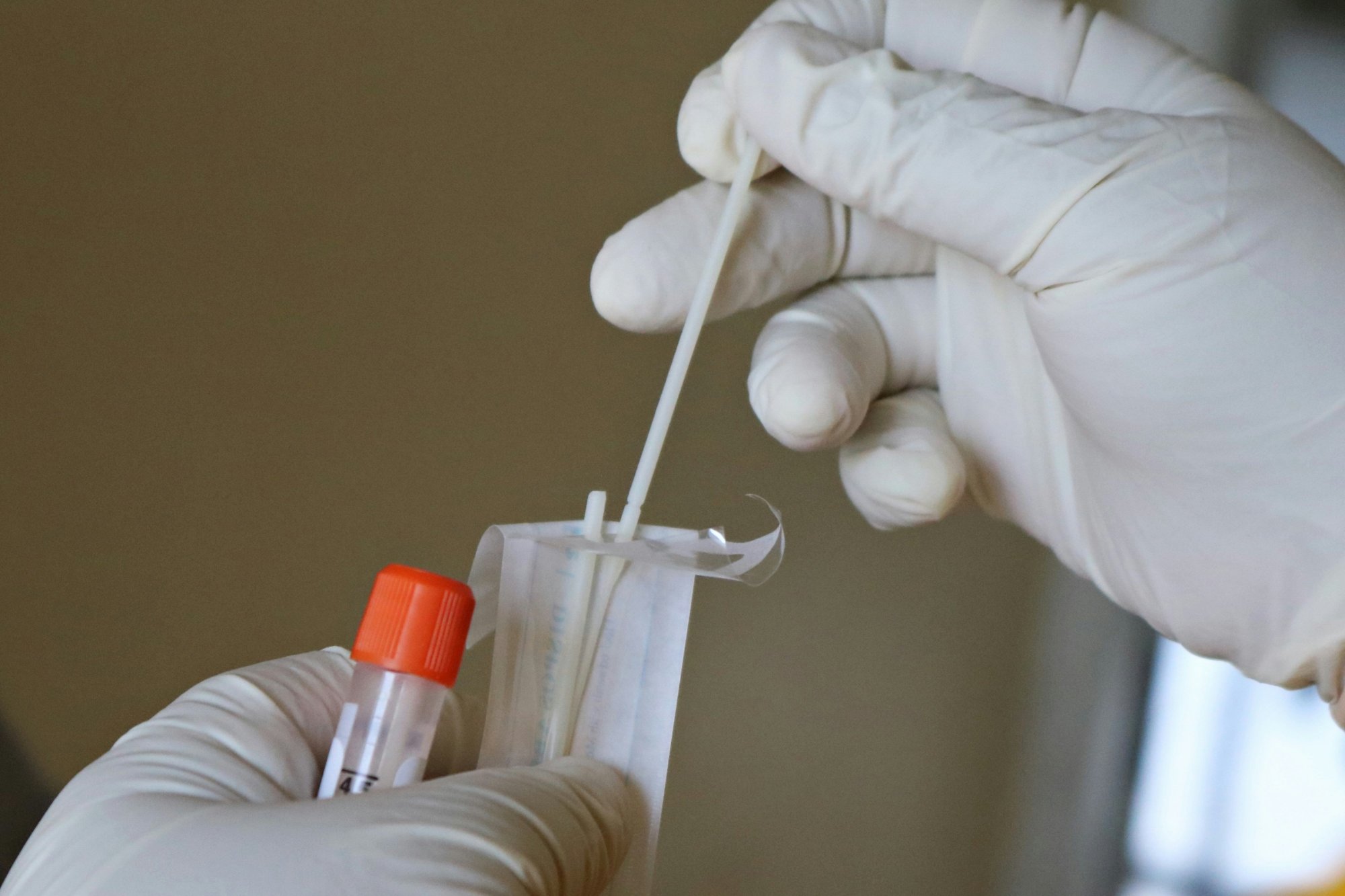More than four years after the start of the coronavirus pandemic, long Covid is still affecting the health of many people, according to the National Academies of Sciences, Engineering, and Medicine, a nongovernmental organization that advises federal agencies on science and medicine.
“Long Covid can affect people throughout their lives, from children to the elderly, regardless of gender and race,” the foundation says, stressing that “Long Covid is associated with a wide range of new or worsening health conditions and includes more than 200 symptoms.” Involving almost every organ system The New York Times.
Here are some of the National Academies’ findings, compiled by a panel of 14 doctors and researchers:
How many people have had long covid
The report cited data from 2022 indicating that nearly 18 million adults and about 1 million children in the United States had long Covid at some point. At the time of this survey, there were about 8.9 million adults and 362,000 children with the condition.


The prevalence of long Covid decreased in 2023, but increased this year for unknown reasons.
Research has shown that the prevalence of long Covid decreased in 2023, but increased this year for unclear reasons. As of January, data showed that nearly 7% of US adults had had long Covid.
Diagnosis and consequences
There is still no official way to diagnose long Covid and no official treatments.
People who become more seriously ill from their initial coronavirus infection are more likely to have long-term symptoms
“There is no one-size-fits-all approach to recovery, and each person will need a program tailored to their complex needs,” the National Academies said, advising doctors not to require patients to test positive for coronavirus to diagnose them. With long covid.


People who become more seriously ill from their initial coronavirus infection are more likely to have long-term symptoms
Some of the more bothersome symptoms — such as dizziness and chronic fatigue — can prevent people from returning to work and they should be able to claim disability benefits, even though their symptoms may not match the Social Security Administration’s current disability categories, the report said.
“Long coronavirus can result in an inability to return to work (or school for children and adolescents), decreased quality of life, decreased ability to perform activities of daily living and decreased physical and cognitive functioning for six months to two years or more.” The show said.
People most at risk
People who become more seriously ill from their initial coronavirus infection are more likely to have long-term symptoms. Those who became sick enough to be hospitalized were two to three times more likely to develop long Covid.
But the report said: “Even people with a mild initial course of the disease can develop long Covid with serious health consequences.” “Given the much larger number of people with mild versus severe disease, they make up the vast majority of people with long Covid.”
Women are almost twice as likely to develop long Covid. Other risk factors include not having the proper coronavirus vaccination, having pre-existing medical conditions or disabilities, and smoking.
Similarity to other chronic conditions
Some symptoms are similar to those of other conditions that occur after infection, including myalgic encephalomyelitis/chronic fatigue syndrome, fibromyalgia, and orthostatic tachycardia syndrome.
The biological cause of the symptoms is unclear. Theories include inflammation, leftover virus fragments, and immune system dysregulation.





More Stories
F-16 crashes in Ukraine – pilot dies due to his own error
Namibia plans to kill more than 700 wild animals to feed starving population
Endurance test for EU-Turkey relations and Ankara with Greece and Cyprus